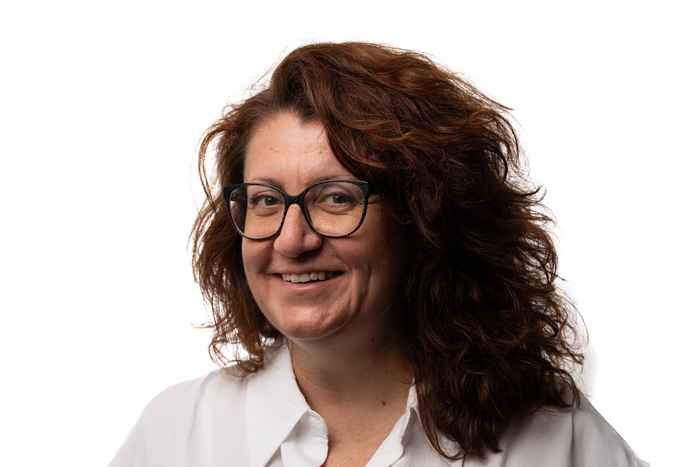DSC Member Spotlight: Marija Maric
22 May 2025

Can you tell us more about your role and how you apply data science to your projects?
I am Associate Professor at the Research Institute of Child Development and Education. As a clinical researcher specialized in individualized youth intervention outcomes and personalized therapy, I’ve always recognized the value of data science in conducting impactful research in this field. Applying data science allows me to generate insights that not only advance scientific knowledge but also help bridge the gap between research and practical implementation in youth intervention.
Examples of application of data science in my projects are data-collection, data preparation and analysis. Recently, I am making efforts in formally assessing the quality of intervention data we use in our projects.
Is there a project from this past year that you are most proud of?
That would definitely be the meta-analysis of single-case studies that I’m conducting together with senior researcher and clinician Yvonne Stikkelbroek, and junior researchers Shawn Kok and Laura Fetz. Single-case studies are within-subject comparisons of intervention effectiveness. One of the key characteristics of this type of studies is the frequent collection of time-series data for each participant, covering both treatment and non-treatment periods.
Most published single-case studies include only a few of such cases. In our project, we collect published data from these studies focusing on treatments for various youth and family psychopathologies. We extract this individual data, aggregate and analyze it. We also rate it for quality.
Last year, we published a meta-analysis of single-case research on youth with anxiety, depression and trauma disorders. A second meta-analysis on behavioral problems has just been submitted for review. While these studies advance our understanding of individual treatment effects, they also offer valuable insights for clinical practice, specifically on what works at the level of the individual client and how to personalize treatments.
What do you like most about being a DSC member?
What I like most is the opportunity and space to be ‘myself’, as both a colleague and a researcher with a specific expertise, while also being encouraged to seek connections and collaborations with colleagues from other fields. This openness enriches our contributions and increases the impact of our work.
What is your favourite data science method?
My favorite data science method is the one that helps me learn the most from clinical data and answer the questions: for whom, and how does a specific treatment work? My top-choice for data-analysis is statistical mediation analysis, which helps us address the ‘how’, the mechanisms through which a certain treatment achieves effects. Understanding these mechanisms allows us to identify the most effective treatment techniques and elements.
Surprisingly, we know very little about individual treatment mechanisms, which makes it almost impossible to develop evidence-based personalized interventions. So, there is a lot of future potential in this analytical approach. That said, I am also aware that perhaps the most important data science steps are data collection, data preparation and getting a solid overview of your data before moving forward.
Are you camp Python/R/or something else?
In many instances when conducting single-case analyses, we use R. Fortunately, there are now several Shiny apps that make these analyses accessible to clinical researchers and clinicians interested in exploring the individual treatment outcomes of their clients. Multilevel meta-analysis of single-case studies is something that I am currently learning about, also in the context of the above-mentioned project.